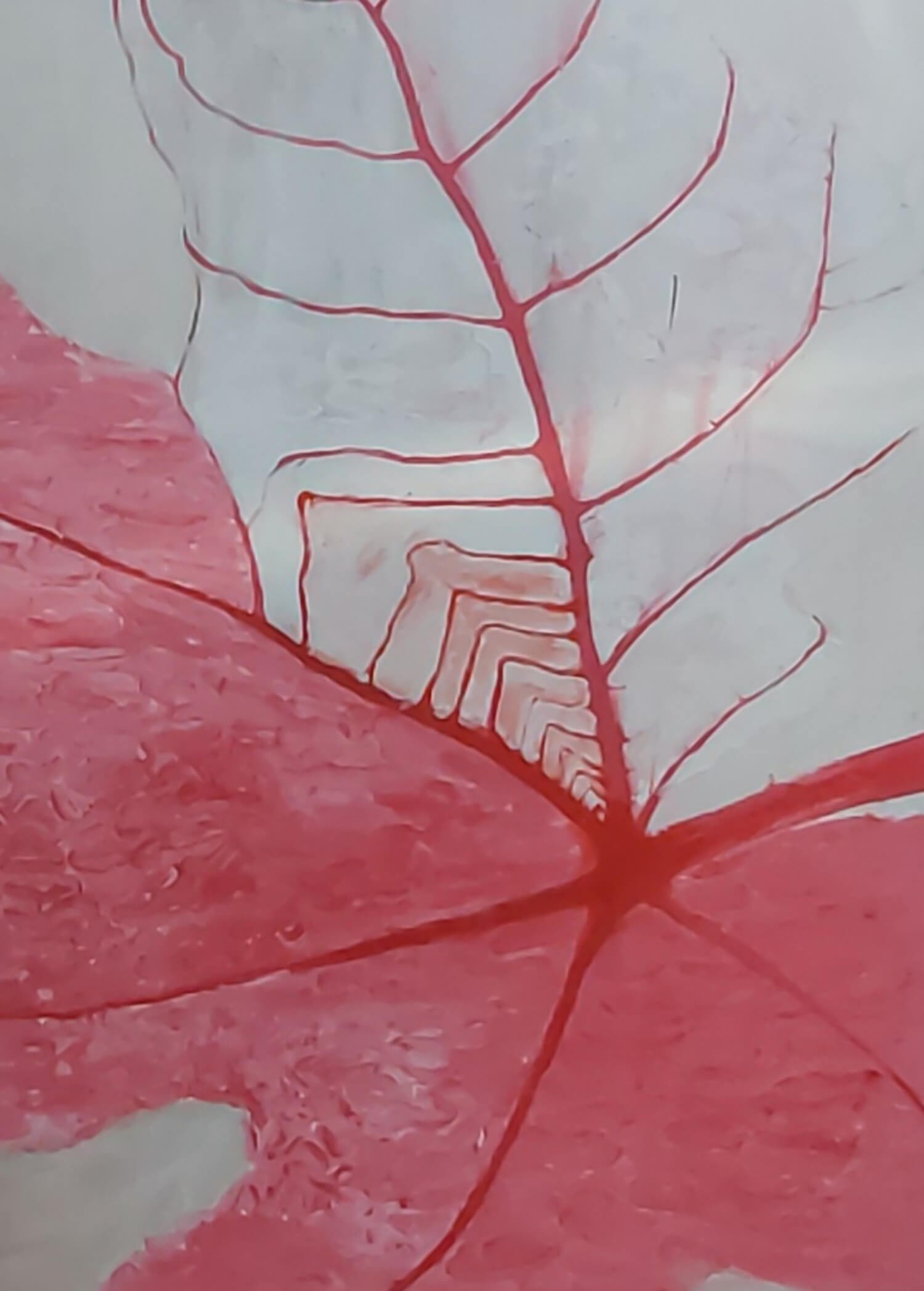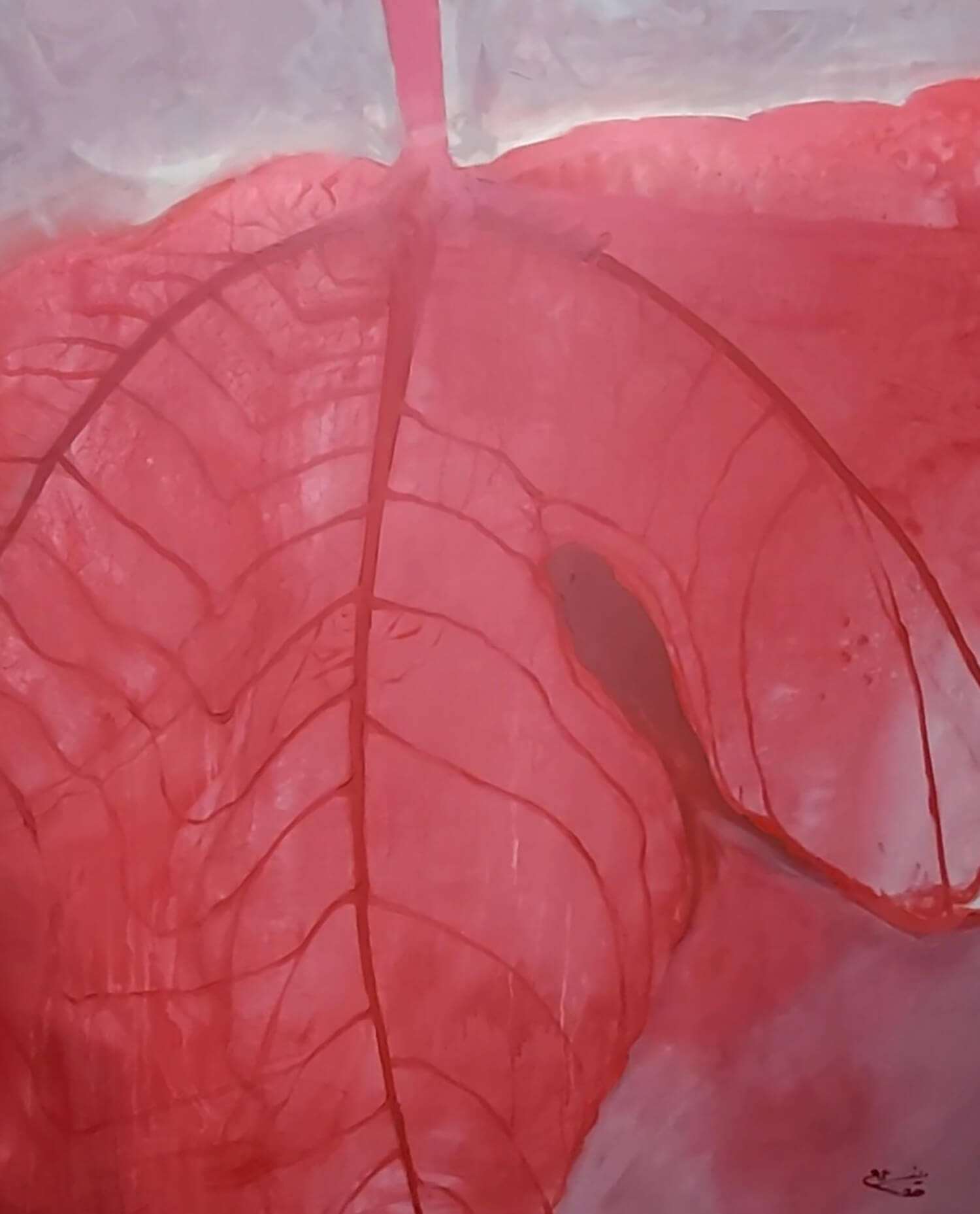Gallery 4
Presented by Atassi Foundation
27.02.2023 – 04.05.2023
27.02.2023 – 04.05.2023








Edward Shahda (B. 1952)
“I’ve always been obsessed with drawing… the shape of the human body fascinates me; I work with it in my painting… Color is my greatest passion… a small spot of color can have an enormous richness of drama and expression; and create a visual tension,” replies Edward Shahda when asked about his life’s work.
Born in Damascus, Edward Shahda (1952) studied at the Suhail Ahdab Center in Hama and the Faculty of Fine Arts at the Damascus University, before undertaking a residency at the Anatoli Klankov Atelier in Russia.
Inspired by folk tales, myths and local icons, Shahda’s almost spiritual themes range from Assyrian figures and Palmyrian sculptures to the lives of poets and even Islamic ornaments. Known for sombre-faced figures that create powerful and emotionally resonant scenes, he also tends to paint the female form. Working in mixed media, acrylic, oil and Indian ink, his pieces exhibit an underlying tension through the thicknesses of the line and the contrast of colors.
Shahda has had work exhibited in international solo and group exhibitions in Syria, Russia, Lebanon, Egypt, Dubai, Turkey, the US, Canada, France, Switzerland and China. Notable international exhibitions include the Alexandria Biennale, two editions of the Beijing International Art Biennale and the Institut du Monde Arabe in Paris.
Elias Ayoub (B. 1986)
Elias Ayoub’s painted figures are embedded in either realistic or dream-like landscapes and depict relationships or emotions. “I work in an expressive symbolic style… dominated by abstract spaces,” he explains.
Born in Damascus, Elias Ayoub (1986) graduated from the Department of Painting, Faculty of Fine Arts, Damascus University and obtained a Master’s degree at Kursk State University, Russia. He is currently working on a PhD in the history and philosophy of art at the Surikov Art Institute in Moscow. Working in different styles, his expressive figures and scenes have emotive colours and organic flowing shapes while other works have an angular and geometric approach, or even a combination of both styles together.
Elias Ayoub has participated in group and solo exhibitions and art fairs throughout the Middle East, including the Beirut Art Fair, Lebanon. Further afield, Dubrovnik City Museum, Croatia; Museum of Contemporary Art, Rostov-on-Don, Russia; Annual Photography Forum in Opole, Bologna; among others. His work is in public and private collections in the UAE, Egypt, Sweden, France, Denmark, the USA and The Netherlands, Syria, Russia and Croatia.
Mohammad Khayata (B. 1985)
Addressing the issues of Syrians living in Lebanon, artist Mohamad Khayata examines “their relationship with the political and societal environment, focusing on their jobs as workers and farmers, which are the professions they are allowed to practice, while addressing the social life of women…”
Born in Damascus, Mohamad Khayata (1985) holds a degree in Fine Arts obtained from Damascus University. As the result of years of displacement, Khayata’s work deals with concepts of migration, memory and identity. Evolving from photography to encompass mixed media, painting, sculpture and music, he often combines more than one medium with photographic work to produce a multi-layered exploration of identity and nation. Many of his pieces include the ongoing metaphorical – and literal – theme of the patchwork quilt ,which reflects his desire to stitch Syria back together.
Mohamad Khayata has shown his work in solo and group exhibitions across Europe and the Middle East, including at 392rmeil393, Beirut; Journeys Festival International, Leicester; VC & Oxfam, London; British Council, London and Brussels; and the Beirut Art Fair.
Monif Ajaj (B. 1968)
Before the Syrian war, Monif Ajaj was critically depicting political events in the Arab world in his oeuvre. In Syria, he focused on peoples’ fear of the repressive regime, which metamorphosed into images of violence, which he describes as “canvases filled with victims … and [I] put them face-to-face with their aggressors, the sons of those in power and the military.”
Born in Deir Ezzour, Monif Ajaj (1968) graduated from the Academy of Fine Arts, Belarus in 1995. He later became a teacher and a designer of children’s books.
In much of his work, Ajaj addresses controversial subjects and problematic political structures, even using the images of Arab rulers. His style mixes realism with expressionism using caricature to highlight the psychological traits of the figures he portrays. As seen through exaggerated body shapes and facial expressions, these mental aspects were influenced by his visits to psychiatric wards in Northern Aleppo. In his opinion, the years of war have turned Syrian citizens into “a horrific, frustrating, delirious, hysterical, neurotic monolithic body.”
Ajaj has held solo exhibitions in Olso, Amman, Paris, Marseille, Brussels, Dubai and Damascus. His artworks are part of the collections of the British Museum; Darat Al Funun, Jordan; and the Ministry of Culture, Damascus.